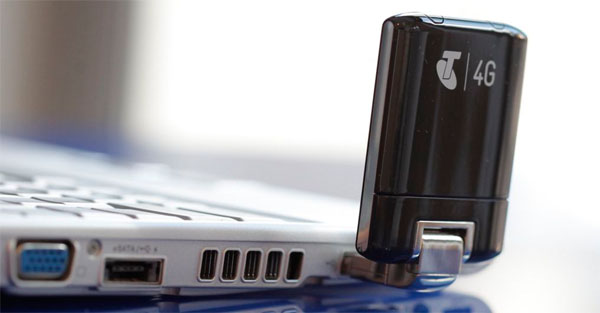A new report published by Tariff Consultancy Ltd (TCL) called LTE Mobile Broadband Pricing 2012 finds that LTE Mobile Broadband pricing will fall substantially over the 5-year period to the end of 2016.
LTE Mobile Broadband Pricing 2012 evaluates pricing from around 30 LTE Mobile Broadband providers which are mainly located in Europe, North America and the Asia-Pacific regions of the world. It finds that LTE is currently being promoted as a premium Mobile Broadband product based on a high theoretical download access speed. The average theoretical download access speed across all LTE providers is in excess of 80 Mbps, with the most common download speed cited being 100 Mbps – and one provider (Zain Saudi Arabia) claiming download speeds of as high as 150 Mbps. It is the high download access speeds that are the main differentiator for LTE against other types of Mobile Broadband.
Average monthly user data allowances for LTE Mobile Broadband services are currently 22 GB per month – but can be as high as 80 GB per month with allowances for LTE operators in North America being typically lower. From the TCL study 6 LTE providers offer separately an “unlimited” monthly user data allowance which is generally subject to an operators’ Fair Usage Policy (FUP). The initiative indicates that currently the LTE Mobile Broadband service is being positioned as a premium product, and is not currently subject to the same usage constraints that can face the 3G Mobile Broadband product, at least in the short term.
TCL research finds that the average price worldwide for a top of the range LTE Mobile Broadband service is currently 50 Euro per month, typically based on a Post Paid 24 month contract term.The TCL study shows that the average LTE Mobile Broadband price in Euro per GB ranges from 0.5 Euro up to 9.9 Euro per GB of data mobile user allowance. Most LTE operators reduce the service access speed (down to speeds as low as 64 Kbps) when the monthly user data allowance is reached, with the speed reduction particularly prevalent in Europe.
But already there is evidence of price erosion from selected LTE Mobile Broadband providers. Telstra (Australia) currently offers its BigPond USB 4G Mobile Broadband product with an 8 GB monthly data user allowance for the equivalent of 30 Euro per month, against 38 Euro for a 4 GB monthly data user allowance reported at the time of launch. And in Singapore M1 (Mobile One) is offering its Next Generation Mobile Network equivalent LTE service to existing M1 customers with a 40% discount off the monthly list price.
TCL anticipates that LTE Mobile Broadband pricing will decline as more operators worldwide adopt the technology worldwide. As of the end of 2011 around 60% of commercial LTE services have been launched so far in Europe. Into 2012 more LTE networks will be launched in other regions including the Asia Pacific and South America with LTE pricing set to become more competitive as LTE becomes a mass market service and enters other consumer segments using increased download access speeds as a key differentiator.
For the LTE Mobile Broadband 2012 report TCL has produced a forecast for LTE Mobile Broadband subscriber numbers and revenues for the 5 year period to the end of 2016. As a result TCL anticipates that LTE Mobile Broadband pricing will decline over time as more operators adopt the technology by around 60% from the end of 2011 to the end of 2016.
By the end of 2016 TCL forecasts that there will be over 250 million users of LTE Mobile Broadband services, but average pricing per subscriber will decrease to around 20 Euro per month – a decrease equivalent to more than 60% in LTE pricing over the 5 year period.
On the conclusions of the LTE Mobile Broadband 2012 report Margrit Sessions, Managing Director of Tariff Consultancy Ltd commented – “Although it is clear that LTE subscribers and revenues will grow substantially over the next 5 years, LTE Mobile Broadband services will start to adopt the same mass market characteristics of the existing Fixed Broadband and 3G Mobile Broadband services with increased speeds but price competition. The onus will be on the operators to bundle other services into their LTE offer and develop more compelling user-based applications and content services as well as simply providing large LTE Mobile Broadband access capacity.”



